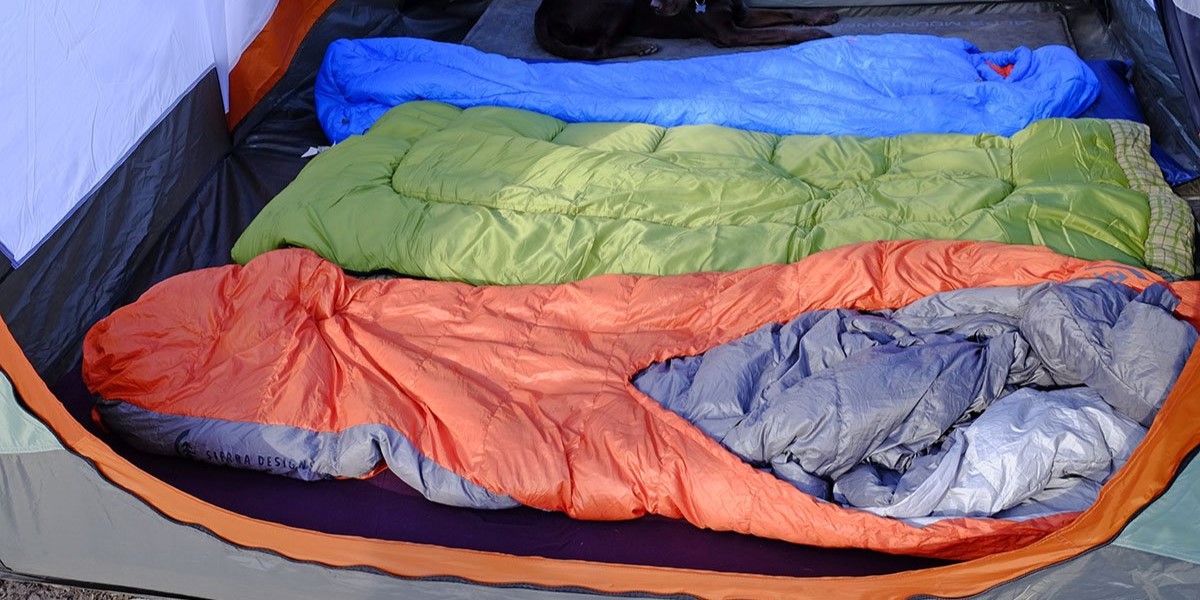What's the right sleeping bag for me? This is a question that many people ask themselves when they are shopping. There are different types of insulation and comfort levels, as well size constraints to think about in addition with deciding on your needs-which will determine which kind would best suit you! So read below about how these factors come together, so we can help make an informed decision from start-to finish…
Down or synthetic fill
When it comes to sleeping bags, it's important to choose the right material. A down sleeping bag retains its loft and warmth longer than a synthetic-filled one. Down is also able to expand up to 15 times its compressed size. While both materials are effective, they have their advantages and disadvantages. You should choose a down sleeping bag if you want to enjoy the benefits of down without spending a lot of money.
Down is more insulating than synthetic fill, and down is lighter and more compressible. Down bags tend to be smaller than synthetic ones, but the down can lose its insulating properties in cold weather. While down is warm, it's not the ideal choice for sub-zero camping conditions, and down can be expensive. Also, it can be easily soaked by tent floors, which can make the bag feel damp.
Insulation level
The insulation level of sleeping bags depends on the way they're constructed. These bags are made with layers of down or synthetic insulation, and are rated for their ability to keep you warm in cold weather. An R-value is a measure of insulation, and the higher the number, the warmer the bag will be.
The best sleeping bags contain two layers of insulation, one on top of the other. The two layers are offset so that the heat can pass through without creating cold spots. Another, cheaper option is a single sheet of insulation. This is secured with a single stitch through three layers. Another type of insulation is called shingled, which consists of insulation shingles that overlap. This style helps keep the warmth inside the bag, eliminating cold spots.
Comfort limit
When you buy a sleeping bag, you want to know what temperature it can be rated to. In order to do that, the manufacturer will assign a Comfort limit. This is the temperature at which you will not shiver or feel overwhelmingly warm. If you are a woman, you may want to look for a bag that has a lower Comfort limit to match your body temperature.
The comfort limit of sleeping bags is the optimum temperature where you can sleep without being too cold. It is important to remember that some people are more comfortable at higher temperatures while others will have trouble sleeping at lower temperatures. The comfort limit should be a general guideline and be consistent with your standard camping temperatures.
Size
Sleeping bags are available in different sizes. The ideal size is the one that covers your entire body, plus an inch for your shoulders and head. A sleeping bag that is too long or too short will leave you with unused space to keep warm. In addition, an excessively long bag will cause you to squish the insulation, which can lead to cold spots.
To determine the size of your sleeping bag, measure your shoulder girth. A standard men's sleeping bag should fit a person between six and a half feet. In addition, many sleeping bags are available in shorter sizes for people under five feet six inches.
Conclusion
Now that you know more about the different types of sleeping bags and how to choose the right one for you, go now and make an informed decision. With a little research, you'll be sure to find the perfect bag for your next camping trip. Happy trails!


